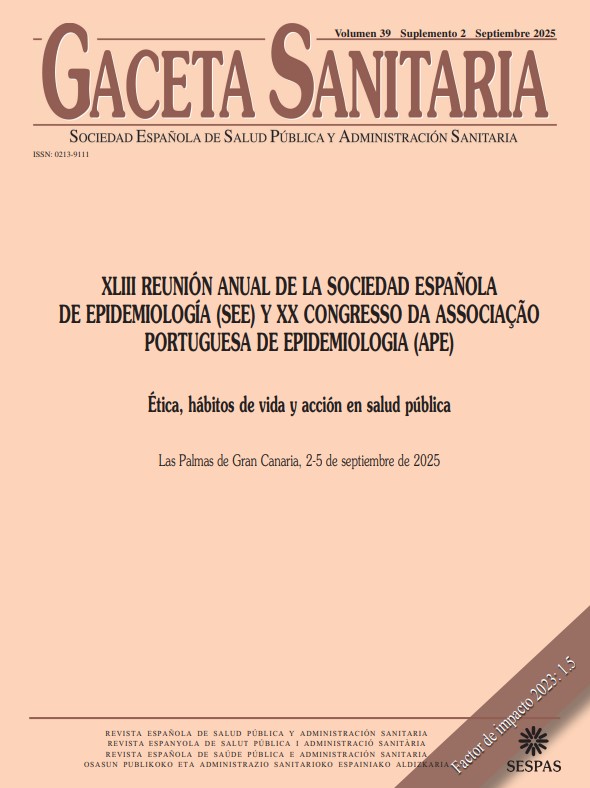32 - ASSOCIATION BETWEEN PHYSICAL ACTIVITY AND MORTALITY AMONG BREAST CANCER SURVIVORS
Unit of Nutrition and Cancer, Catalan Institute of Oncology-ICO; Nutrition and Cancer Group, Epidemiology, Public Health, Cancer Prevention and Palliative Care Program, Bellvitge Biomedical Research Institute-IDIBELL; Department of Nutrition, Food Science and Gastronomy. Faculty of Pharmacy and Food Sciences. University of Barcelona; Department of Epidemiology, Harvard T.H. Chan School of Public Health.
Background/Objectives: It is known that a greater physical activity (PA) reduces the risk of breast cancer (BC). Nevertheless, there is still limited evidence about what role PA may play in the prognosis of the disease. The aim of this study was to assess the association between the pre- and postdiagnosis PA with overall and BC-specific mortality among BC survivors.
Methods: A total of 13,399 BC survivors from the European Prospective Investigation into Cancer and Nutrition (EPIC) study were included. During the follow-up period (average 8.6 years) 2380 women died, of whom 1,480 from breast cancer. The main exposure for our analysis was an overall PA variable, which includes PA at work and recreational activities. The effect of postdiagnosis PA and PA change was assessed in a subset of 2023 survivors who completed a second questionnaire within 6-month to 4-year postdiagnosis period. Cox and Fine-Gray models were employed to evaluate the association of PA with overall and BC-specific mortality respectively, adjusted for relevant confounders.
Results: BC survivors who were active before diagnosis have a 14% lower risk of all-cause mortality (HR 0.86, 95%CI: 0.78-0.95), and 12% lower BC-specific mortality (HR 0.88, 95%CI: 0.77-1.00), in comparison with inactive survivors. PA after diagnosis was associated with a decreased risk of overall and BC-specific mortality of 0.57 (0.44-0.75) and 0.48 (0.34-0.68), respectively. A pattern of significant reduction in mortality was also observed for recreational PA. As compared with women who were inactive both at pre- and postdiagnosis, those who became active at postdiagnosis had significant decrease of both overall mortality (HR 0.48, 95%CI 0.27-0.83), and BC-specific mortality (HR 0.35, 95%CI 0.16-0.74).
Conclusions/Recommendations: According to our results, being physically active (both before and after diagnosis) reduces mortality among BC survivors. Additionally, changes towards higher levels of PA also seem to have a positive impact on survival.
Funding: This study has been funded by the AECC Scientific Foundation and the Spanish Ministry of Universities.















